Click here and press the right key for the next slide (or swipe left)
also ...
Press the left key to go backwards (or swipe right)
Press n to toggle whether notes are shown (or add '?notes' to the url before the #)
Press m or double tap to slide thumbnails (menu)
Press ? at any time to show the keyboard shortcuts
A Puzzle About Goal Tracking
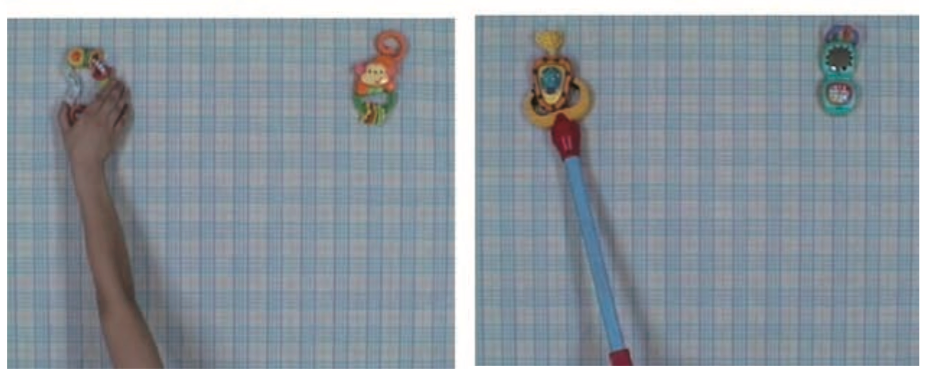
Kanakogi and Itakura, 2011 figure 1C (part)
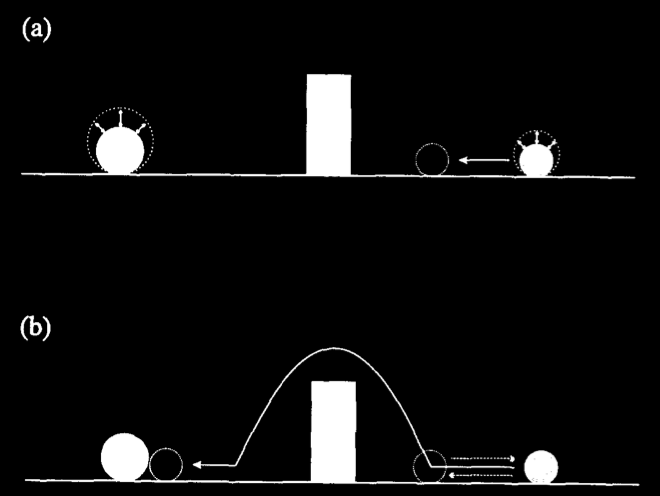
Gergely et al 1995, figure 1
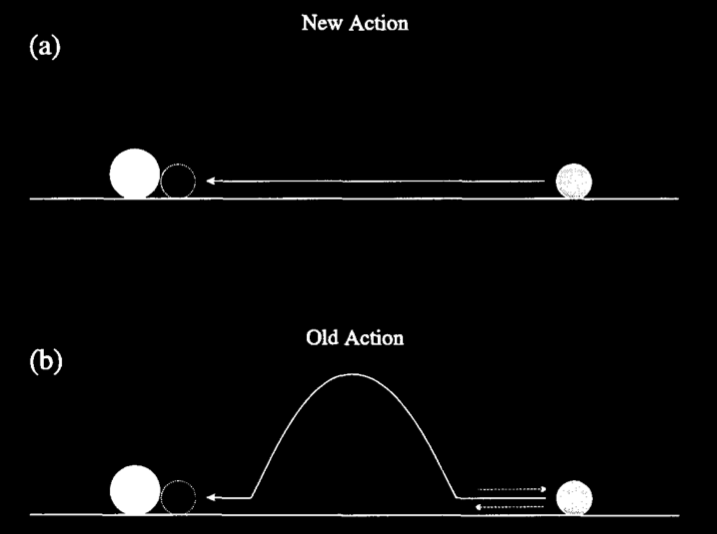
Gergely et al 1995, figure 3
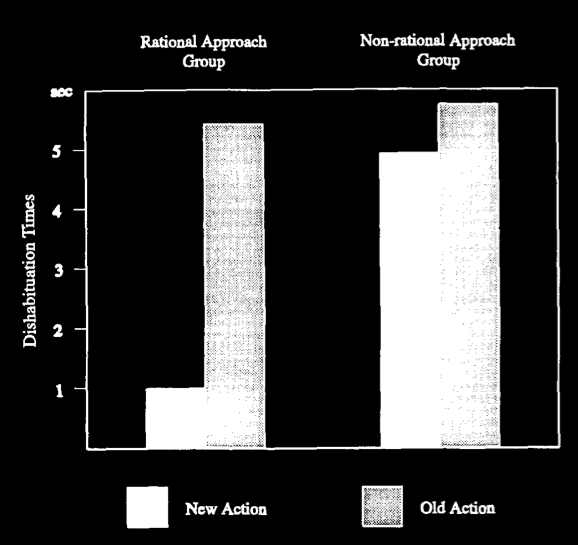
Gergely et al 1995, figure 5
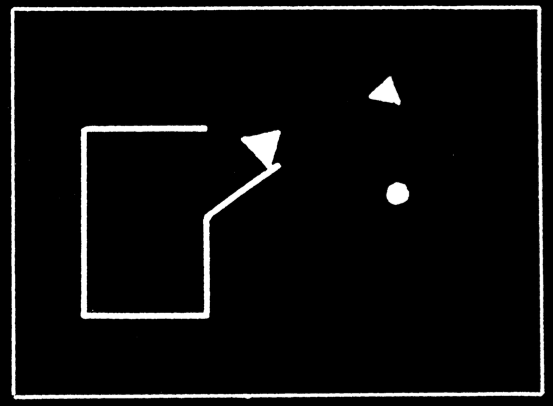
Heider and Simmel, figure 1
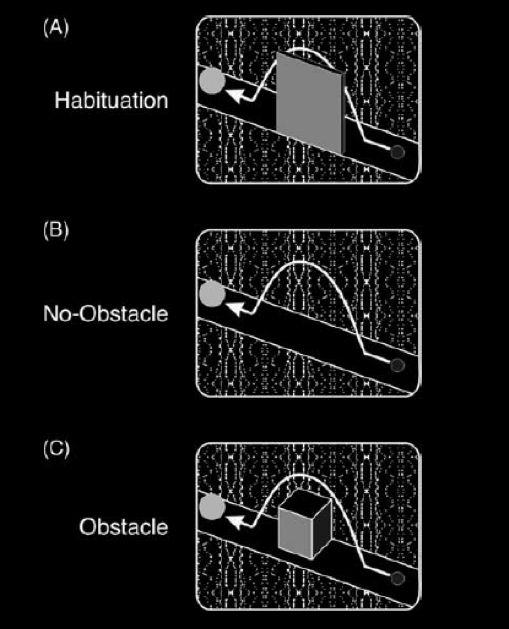

Csibra et al 2003, figure 6
Puzzle
In infants under 10 months,
it appears that
some,
but not all,
goal-tracking is limited by their abilities to act.
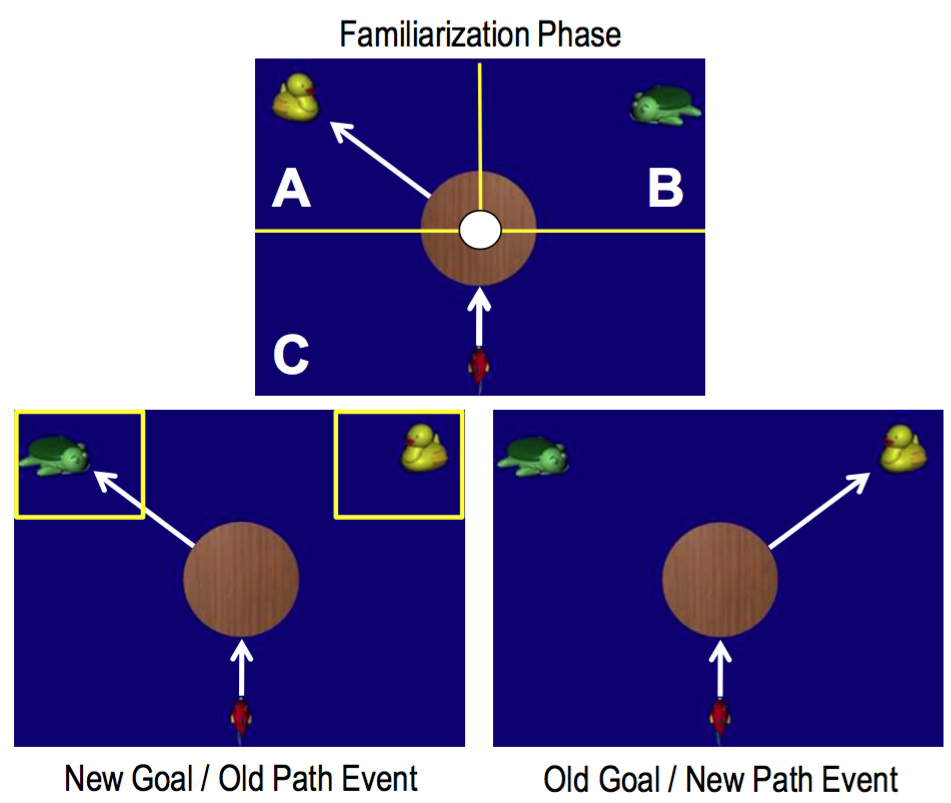
Daum et al, 2012 figure 1
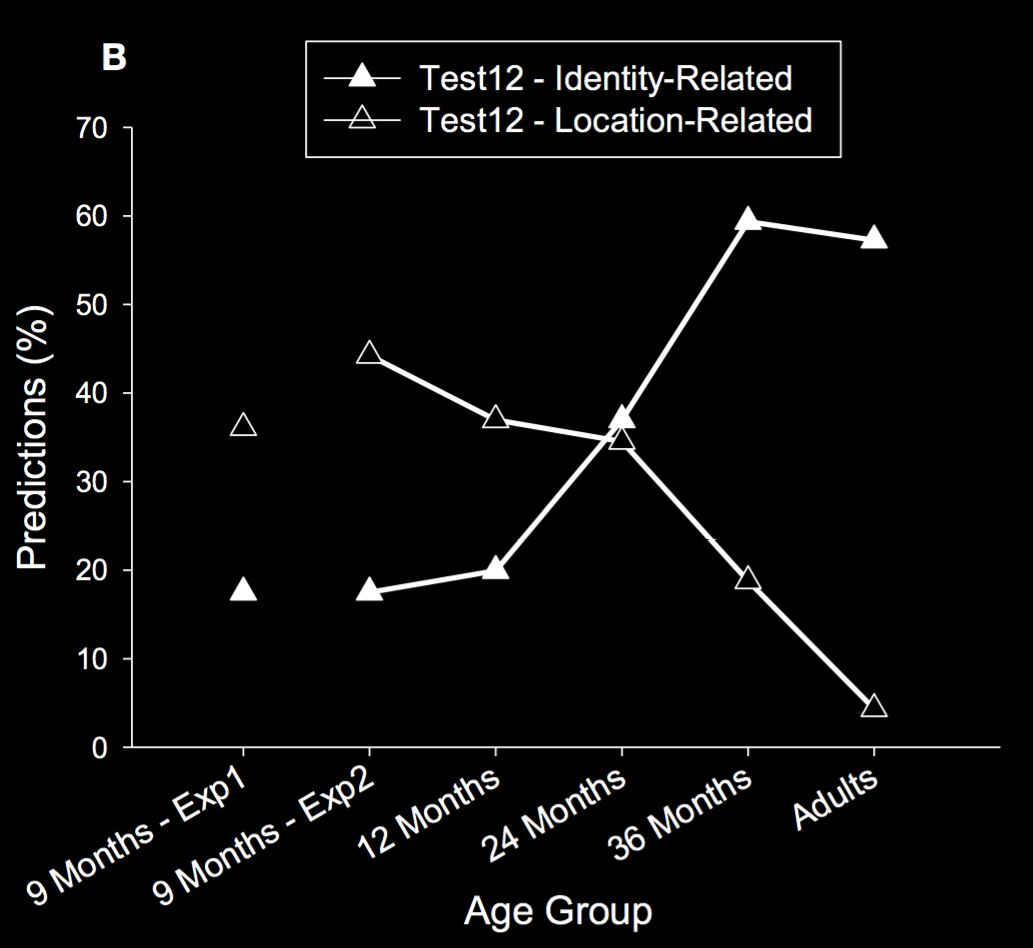
Daum et al, 2012 figure 2
Puzzles
In infants under 10 months,
it appears that
some,
but not all,
goal-tracking is limited by their abilities to act ...
... and that goal-tracking sometimes manifests in dishabitution or pupil dilation but not proactive gaze.